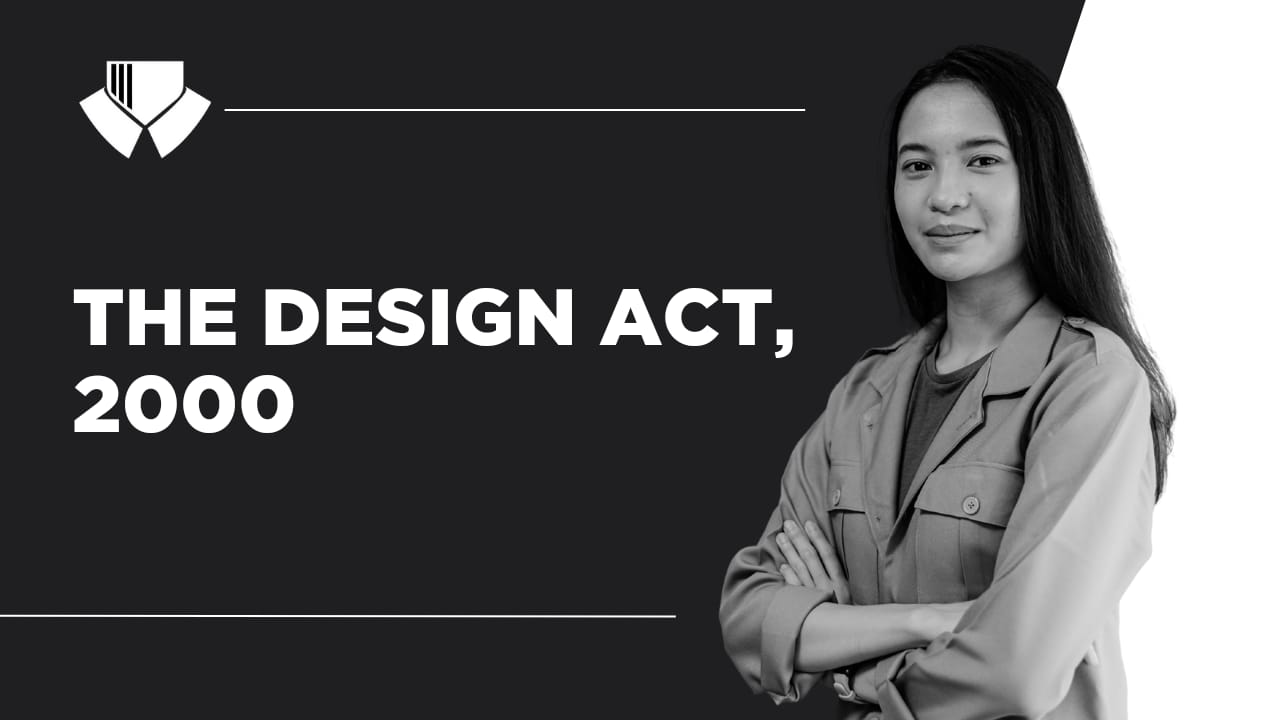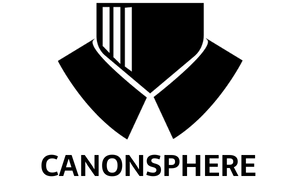This blog is written by Nidhi, a Law Student of Kurukshetra University, Kurukshetra.
INTRODUCTION:
The Design act was legislated to cover and guard the original artificial designs which are applied to particular papers manufactured by artificial process or means. Currently each mechanical or business company has its own unmistakable, unique and apparent Designs. The contenders or different adversaries’ gatherings may make endeavours to misuse the plans for their implicit benefit, in this way, there’s an imperative need to defend these structures. Section 2( d) of the Designs Act, 2000 characterizes the term design. So under this demonstration, an Artificial Designs Right is being conceded to its maker or the owner, and this is an Intellectual Property Right that secures the visual plan, that’s the style, appearance, design and so on, of the ultramodern item. A successful arrangement of security likewise benefits the shoppers and people in general far and wide by advancing reasonable contests and genuine exchange rehearsals.
LEGISLATIVE HISTORY
In 1872, during social rule in India, the Patents and Designs Act, 1872 was legislated as the first legislation to govern designs. Also, in order to protect the inventions and designs, the Inventions and Designs Act, 1888 was legislated further. It was followed by the enactment of the Indian Patents and Designs Act, 1911 which was inspired by the British Patents and Designs Act, 1907. The enactment of the new Patent Act, 1970 led to the cancellation of the patent vittles from the Patents and Designs Act, 1911. The Designs Act, 1911 was repealed and later. Eventually, the Designs Act, 2000 came into force in India from 11th May 2001. The new Act contains the utmost of the vittles as were contained in the Designs Act, 1911, except for some minor changes in addition to some vittles relating to the Passages Agreement and other transnational conventions. It’s necessary to note that the substantial law of Designs Act, 2000 has to be read along with the vittles of its inferior legislation i.e., the Designs Rules, 2001, which is a procedural overview.
OBJECTIVE:
Its major thing is to help innovative or original designs from being copied and causing fiscal detriment to the proprietor. According to the vittles of the Designs Act, 2000 any person who claims to be the owner or proprietor of any novel or original design which isn’t preliminarily published in any country and which isn’t contrary to public order or morality can file an operation for enrollment of similar design.
PROVISIONS OF THE ACT:
| S. No. | PROVISIONS | BRIEF OF PROVISIONS |
| 1. | Objective | The Design Act of 2000 aims to protect designs by consolidating and amending laws related to design protection. It prevents the copying of new or original designs, ensuring that creators are rewarded for their work and that industrial designs enhance the commercial value of products by attracting customers. This Act safeguards design owners from competitors who exploit designs for unfair advantages, promoting fair competition in the market. |
| 2. | Section 2 -Definitions | This section of the Act provides definitions for key terms used in relation to design protection. “Article” encompasses any manufactured item or substance, including separable parts. The “Controller” refers to the Controller-General of Patents, Designs, and Trade Marks. “Copyright” grants the exclusive right to apply a design to registered article classes. A “design” encompasses features like shape, configuration, pattern, ornament, or color applied to articles, judged solely by visual appeal. The term “High Court” retains its meaning from the Patents Act. A “legal representative” represents a deceased person’s estate. “Originality” in design means originating from the designer, including novel applications of existing ideas. The “Patent Office” refers to the designated office under the Patents Act. “Prescribed” denotes rules established under this Act. The “proprietor of a new or original design” is determined based on the execution or acquisition of design rights, depending on specific circumstances outlined in the Act. This section clarifies these definitions to facilitate the implementation and understandingof design protection measures under the law. |
| 3. | Section 5- Application for registration designs | This section of the Design Act describes the process for registering new or original designs. An applicant claiming to be the proprietor of a design not previously published and not contrary to public order or morality may apply for registration with the Controller. Before registration, the Controller must refer the application to an examiner to determine if the design is eligible for registration under the Act and accompanying rules. Applications must be submitted in the prescribed form and manner, along with the required fee. Each design can be registered in only one class, and any uncertainty regarding the class is resolved by the Controller. The Controller has the authority to refuse registration, but aggrieved parties can appeal to the High Court against such decisions. If an application is not completed within the specified time due to the applicant’s default or neglect, it will be deemed abandoned. Once registered, designs are deemed effective as of the date of the registration application, establishing a clear process for design registration and Controller’s oversight. |
| 4. | Section 10 -Register of designs | This section establishes the register of designs to be maintained at the patent office, containing information such as names and addresses of registered design proprietors, notifications of assignments and transmissions, and other prescribed details. The register may be kept either wholly or partly in electronic format on computer, floppies, or diskettes, subject to prescribed safeguards. If maintained electronically, references to the register in the Act apply to the electronic entries. Existing design registers are incorporated into the new register under this Act. The register of designs serves as prima facie evidence of any matter required or authorized by the Act to be recorded therein, providing a reliable record of design-related information and transactions. |
| 5. | Section 11 – Copyright on Registration | This section stipulates the duration of copyright protection for registered designs under the Act. Upon registration, the proprietor of the design holds copyright for ten years from the date of registration, subject to Act provisions. If the proprietor seeks to extend the copyright beyond the initial ten-year period, they can apply to the Controller before expiration. Upon payment of the prescribed fee and in the prescribed manner, the Controller may grant an extension for an additional period of five years, starting after the initial ten-year term expires. This section outlines the process and conditions for extending the copyright protection of registered designs. |
| 6. | Section 19 – Cancellation of Design | This section allows any interested party to petition for the cancellation of a registered design by submitting a petition to the Controller. The petition can be based on several grounds, including previous registration of the design in India, publication of the design before the registration date in India or elsewhere, lack of novelty or originality in the design, non- registrability under the Act, or failure to meet the definition of a design as per the Act. This provision provides a mechanism for challenging the validity of a registered design based on specified grounds through a formal petition process before the Controller. |
| 7. | Section 22 – Piracy of registered design | This section addresses the piracy of registered designs, prohibiting any obvious or fraudulent imitation of a registered design without the proprietor’s consent. It also prohibits the importation of materials resembling a registered design. In civil suits related to design piracy, compensation for infringement of a registered design is capped at Rs. 50,000. This fixed compensation amount can be grounds for obtaining an interim injunction before the trial begins, ensuring swift legal protection against design infringement. |
LANDMARK JUDGMENTS
- DABUR INDIA LIMITED vs MR. RAJESH KUMAR AND ORS. 149(2008)DLT338
Dabur India Limited holds a registered design for their ‘Dabur Amla Hair Oil’ bottles with a distinctive design. The defendants, Rajesh Kumar, manufactured plastic bottles alleged to imitate the plaintiff’s bottles. However, these plastic bottles were commonly used by several companies for various products. The plaintiff’s registered design lacked novelty and originality, as the bottle’s shape was common. Therefore, the court ruled that the plaintiff was not entitled to an interim injunction against the defendants for design infringement.
- DISNEY ENTERPRISES INC. V. PRIME HOUSEWARES LTD (2014)
In this case, a conflict arose over the international registration of industrial designs in India. Prime Housewares, a Mumbai-based company, manufactured products featuring characters like Mickey Mouse and Donald Duck, which were subject to a suit by Disney Enterprises for infringement of their international registered designs. The court ruled that while the plaintiff’s trademark was protected under Indian law, their designs were not. As a result, the court issued an order for the infringement of Disney’s trademark, requiring Prime Housewares to deliver all infringing materials to Disney Enterprises to prevent further unauthorized use.
- BHARAT GLASS TUBE LIMITED V. GOPAL GAS WORKS LTD. 2008 AIR SCW 3509
In the case, the respondents (Gopal Glass Works) registered their design for diamond-shaped glass sheets and obtained a certificate for the same. The appellants began using this design for marketing purposes, which prompted the respondents to take legal action. The appellants argued that the respondents’ design was not new, as it had been used by a German company since 1992 and was already published in the U.K. Patent Office, thus losing its originality. The case proceeded to the High Court on appeal, where the court upheld the validity of the respondents’ designs. Subsequently, the matter was escalated to the Supreme Court, which affirmed the decision of the Calcutta High Court, supporting the respondents’ claim to the design.
In the case involving Videocon, the defendant had registered a design that closely replicated the features, configuration, and shape of the plaintiff’s design. The court determined that Videocon’s design was essentially identical to the design registered by Whirlpool, the plaintiff. Consequently, Videocon was found liable for both design infringement and passing off the plaintiff’s design as its own.
LIMITATION AND CRITICISM
• The bulk of designs for enrollment at fluently rejected only if there’s a small procedural issue while only a many are due to substantial criteria.
• The protection which the Design Act provides is for a stingy period of 15 times so the companies would rather choose to get a trademark or brand depending on their composition which protects for a longer duration.
• If one doesn’t especially apply for design rights in the other countries they’re only limited to the UK, unlike brands.
• If a person makes a certain design only with a slight correction to the original bone
He can also get protection.
CONCLUSION
The Designs Act has been made with quite a careful consideration of the possible forms of violation that case takes place, as well as a defined procedure of the enrollment , it also makes sure that the Controller does n’t misuse his powers by furnishing clear and specific vittles of the extent of his powers. This act therefore can help secure the designs of a product and all the goodwill and fresh benefits it comes along with.


